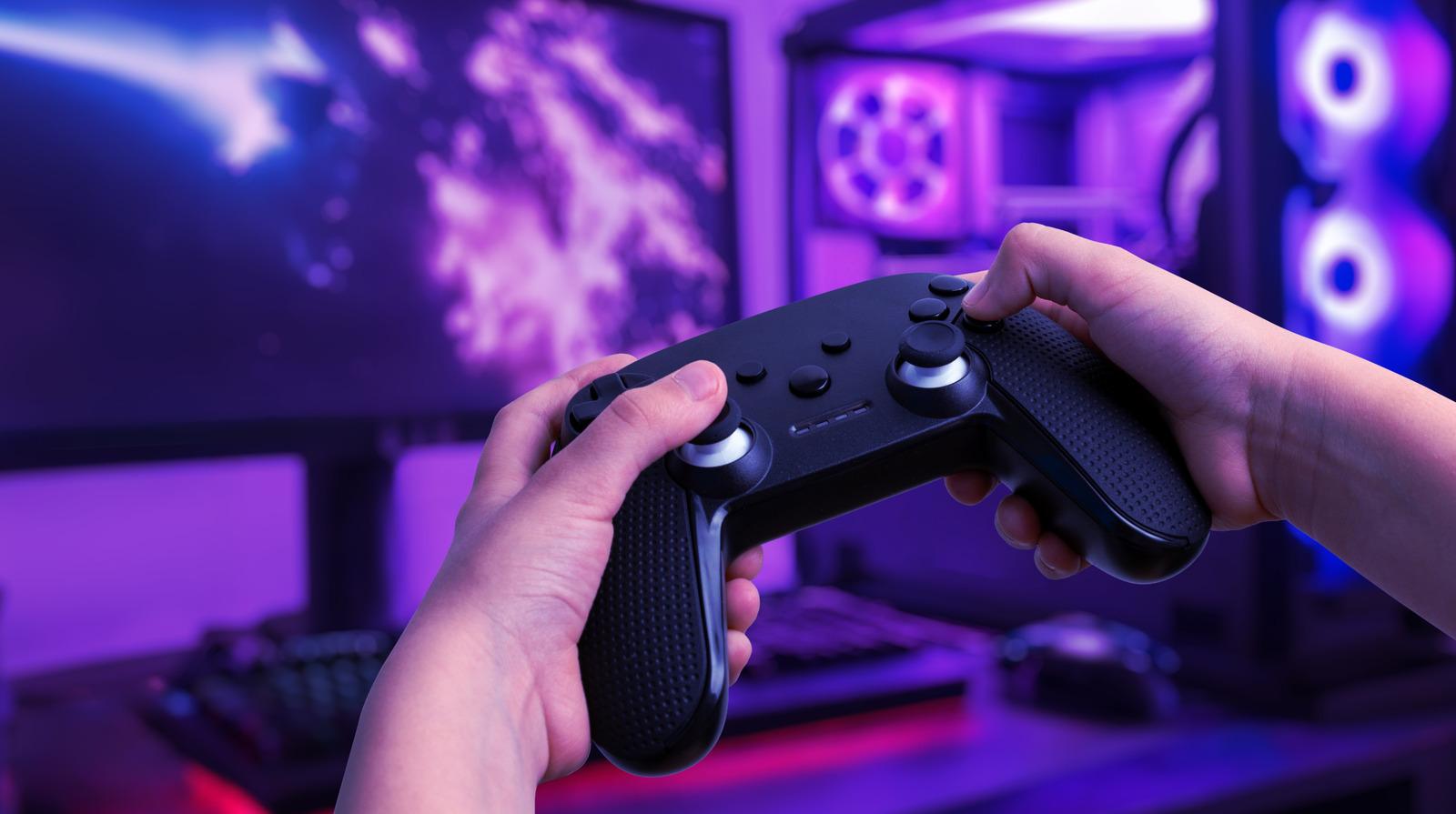Gaming hardware is experiencing its most rapid transformation as next-generation devices push immersive experiences to new heights. From high-refresh displays and ultra-fast GPUs to haptic suits, VR headsets, and AI-enhanced processors, the hardware ecosystem is evolving to meet modern gamers' sophisticated expectations. This shift is reshaping the market gaming industry as developers build content that harnesses the full potential of advanced hardware architectures and sensory technologies.
Gaming Market Size was estimated at 268.73 USD Billion in 2024 and is projected to grow to 1050.26 USD Billion by 2035, with a CAGR of 13.19% from 2025 to 2035. The market is significantly influenced by technological advancements and changing consumer behaviors, particularly the rise of mobile gaming and esports. Hardware evolution is central to this growth, as gamers increasingly seek higher performance, deeper immersion, and innovative gameplay experiences.
Modern hardware innovation is fueled by a growing demand for realism and responsiveness. VR headsets now support ultra-high resolution, wider fields of view, and motion tracking with near-zero latency. Haptic wearables allow physical sensations during gameplay, enhancing immersion. Meanwhile, AI-powered chips optimize in-game performance in real time, adjusting rendering, textures, and frame rates to deliver smooth, visually rich gameplay even on compact devices.
Regionally, North America and Asia-Pacific dominate hardware innovation through aggressive investments in VR/AR research, esports gear, and next-generation console manufacturing. Europe continues refining sustainability-focused hardware development and precision gaming equipment. Emerging economies are increasing adoption rates as affordable smart devices and budget gaming peripherals become widely accessible.
Hardware advancements are also influencing game design strategies. Developers now create expansive VR universes, physics-enhanced gameplay, and cinematic-quality scenes powered by next-gen processors. Competitive gaming benefits from high-refresh monitors, adaptive-sync technologies, and precision controllers that improve accuracy and response times. Even mobile gaming hardware continues to evolve with gaming-focused smartphones engineered for superior graphics and cooling.
By 2035, gaming hardware will seamlessly integrate with mixed reality environments, biometric sensors, and AI-driven personalization, creating deeply adaptive and multi-sensory gaming experiences. The future will bring a convergence of digital and physical worlds, defined by advanced wearables and immersive interfaces.
Top trend Reports:



